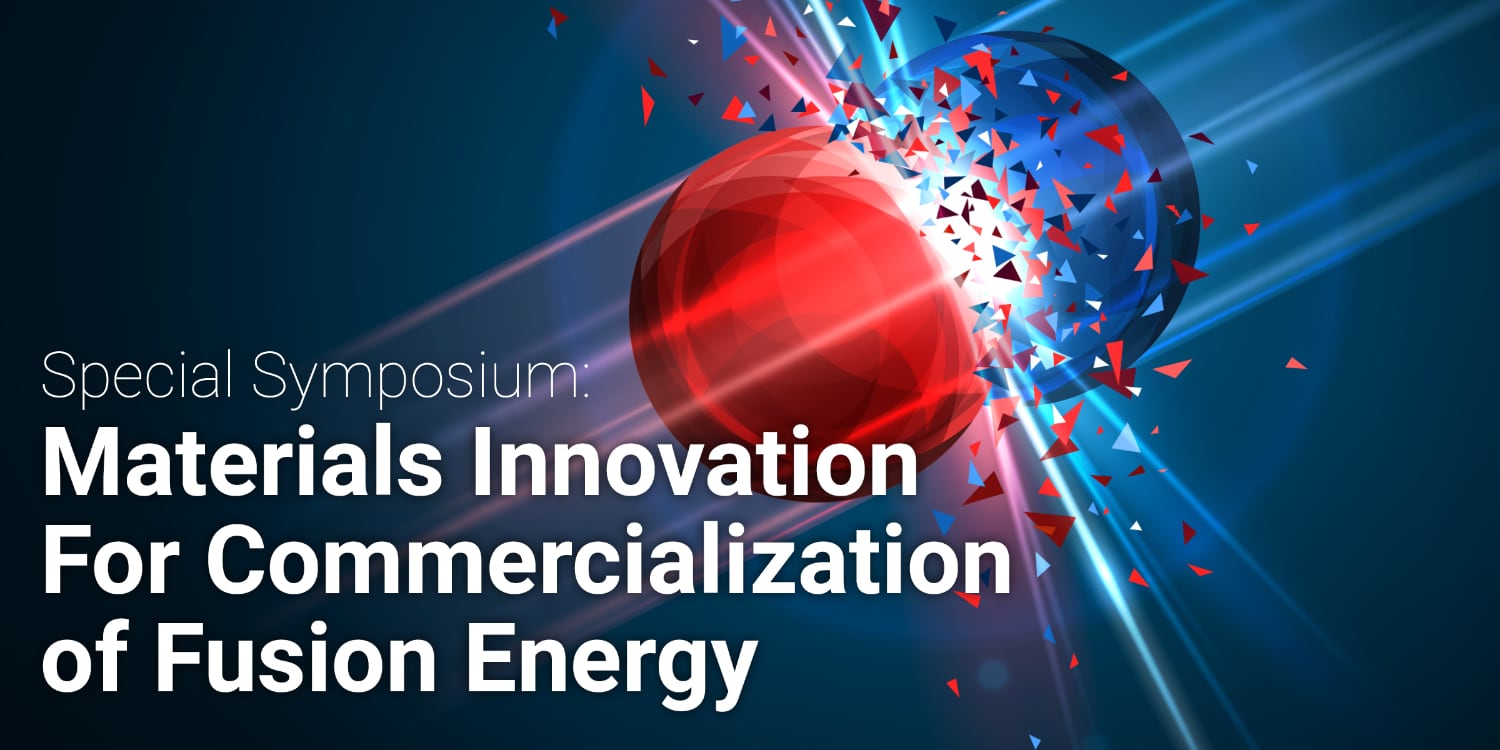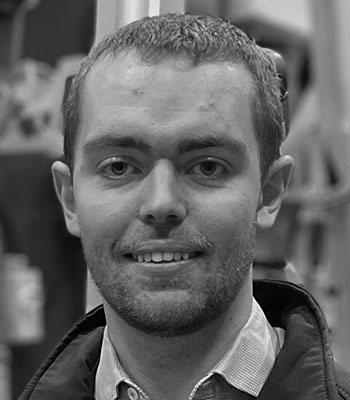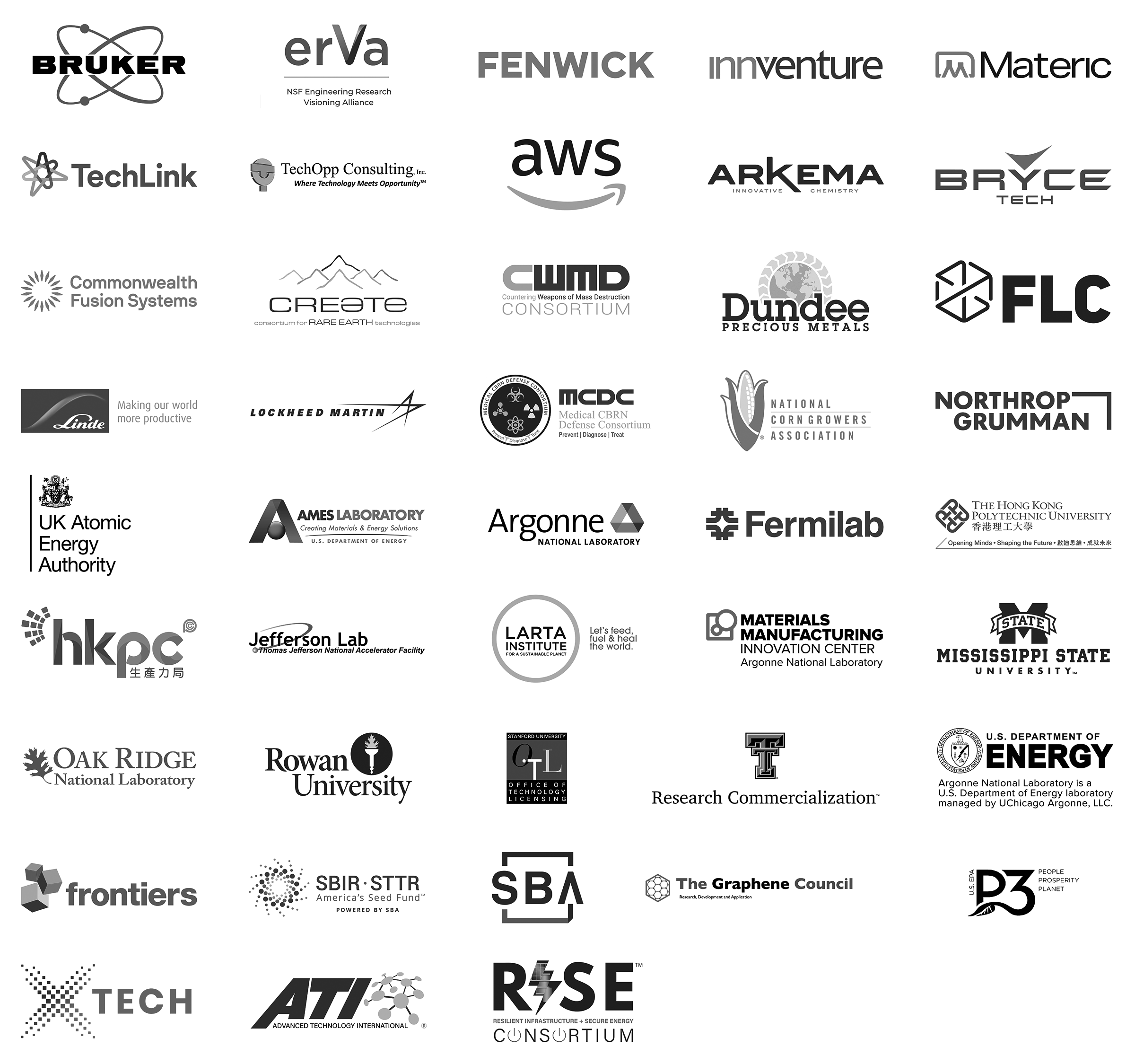
Key Speakers
 Rising to the occasion: fusion ignition-enabling materials and manufacturing, and what’s next
Rising to the occasion: fusion ignition-enabling materials and manufacturing, and what’s nextRebecca Dylla-Spears
Deputy Chemistry Lead, Lawrence Livermore National Laboratory
 The current status and future of the fusion energy industry
The current status and future of the fusion energy industryCaroline Anderson
Outreach Manager, Fusion Industry Association
 Engineering assurance of materials for fusion – capability and innovation
Engineering assurance of materials for fusion – capability and innovationPhilip Earp
Equipment Scientist - Materials Research Facility, UK Atomic Energy Authority
 Innovation Network for Fusion Energy (INFUSE) Public Private Partnerships for the Development of Fusion Energy
Innovation Network for Fusion Energy (INFUSE) Public Private Partnerships for the Development of Fusion EnergyArnold Lumsdaine
Fusion Engineering Group Leader, INFUSE Program Director, Oak Ridge National Laboratory
 Advanced Materials Technologies Enabling High Temperature Superconducting Tokamaks
Advanced Materials Technologies Enabling High Temperature Superconducting TokamaksJason Trelewicz
Associate Professor, Stony Brook University
 Materials and Manufacturing Challenges for Fusion Energy Systems
Materials and Manufacturing Challenges for Fusion Energy SystemsClemente Parga
Lead Engineer, Zap Energy
As commercial fusion continues its march towards viability, there are still key R&D challenges that remain including the need for materials development and innovation in various areas. Materials technology meets the current needs for other types of reactors but will need to be engineered to far more challenging standards for fusion energy in terms of temperatures, pressures, neutron degradation, corrosion, and a host of other material properties.
The fusion power reactor has specific components including the divertor for magnetic fusion, first wall, and blankets for deuterium-tritium fusion designs that still are at low TRL level. Generally, the material properties being sought are improvements in neutron degradation, thermal mechanical loading, corrosion, fracture toughness, erosion protection, and thermal conductivity.
Additionally, the area of high temperature superconducting (HTS) magnets is a key enabling technology for magnetic fusion reactors. New innovations are needed to achieve higher fields and current densities than the well-established options in magnet materials such as NbTi and Nb3Sn materials.
Finally, the pursuit of fusion energy is an international effort by many types of organizations including over 30 private firms, government labs, public-private partnerships, and one of the largest and most ambitious international collaborations in the form of ITER. Recent achievement of ignition at the National Ignition Facility has now engendered great interest in inertial fusion energy as well. The diversity of this effort will be critical to ultimately achieving commercial fusion energy.
This special symposium will focus on the materials research for commercial fusion for all potential reactor designs with specific topics shown below. Additionally, it will highlight the growing private sector involvement as well as private-public partnerships that are playing an increasingly important role in achieving fusion energy commercialization.
- Materials with improved mechanical properties
- Materials with improved anti-corrosion
- Neutron degradation materials
- Computation modeling for materials design and understanding
- High temperature superconducting magnets
- Private/public involvement in fusion energy commercialization
- Other
To receive announcements and news, please join our mailing list.



 ARPAE Programs on Materials: Status and Perspectives
ARPAE Programs on Materials: Status and Perspectives








